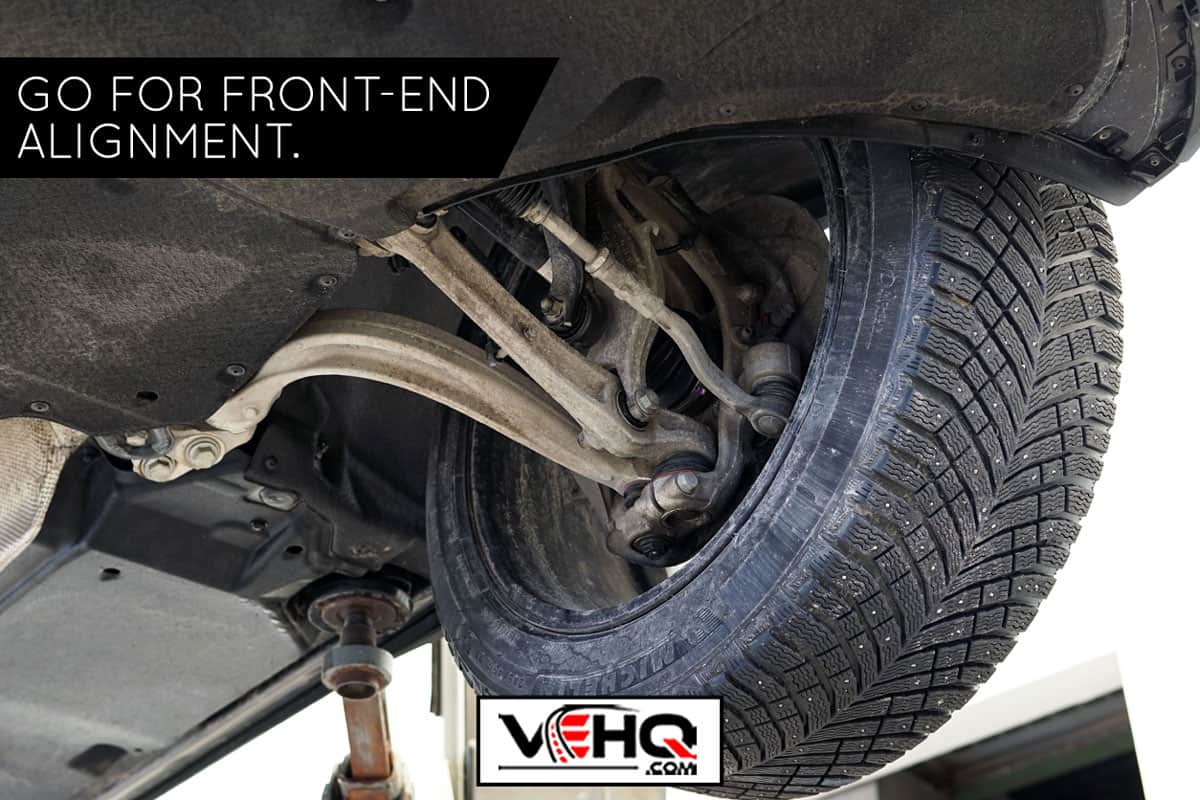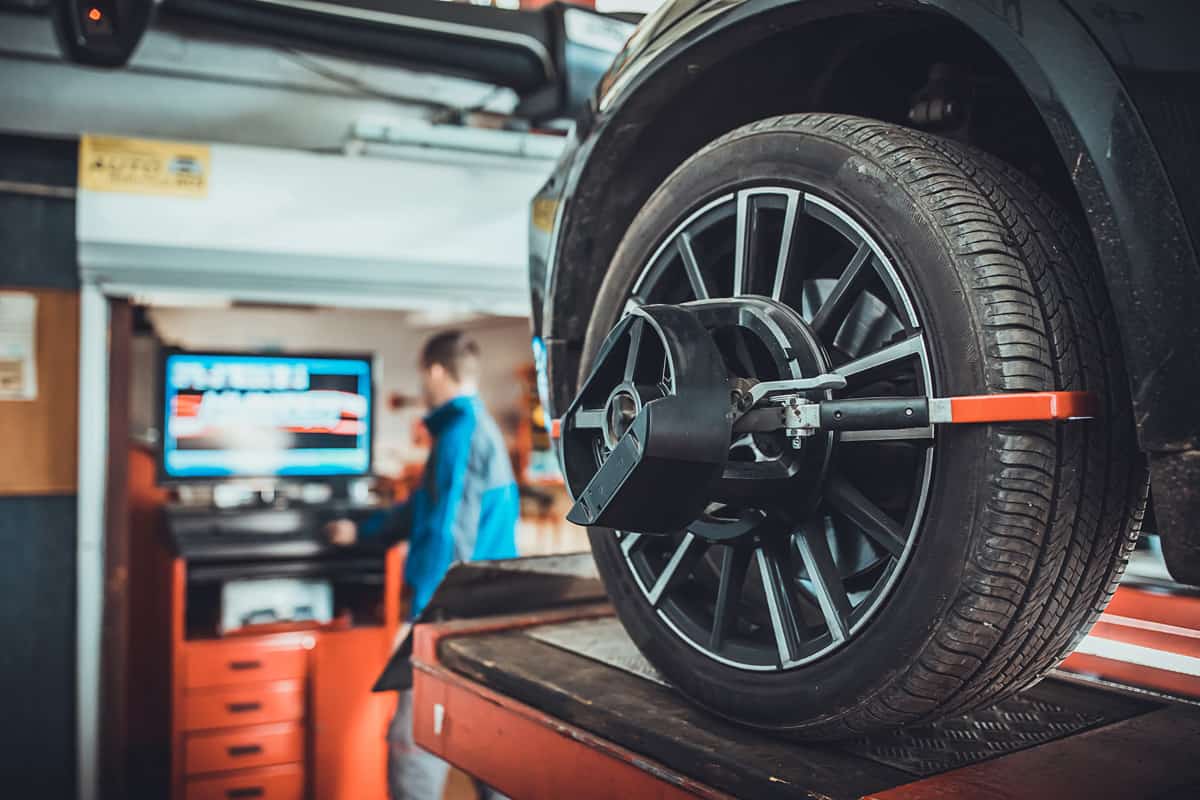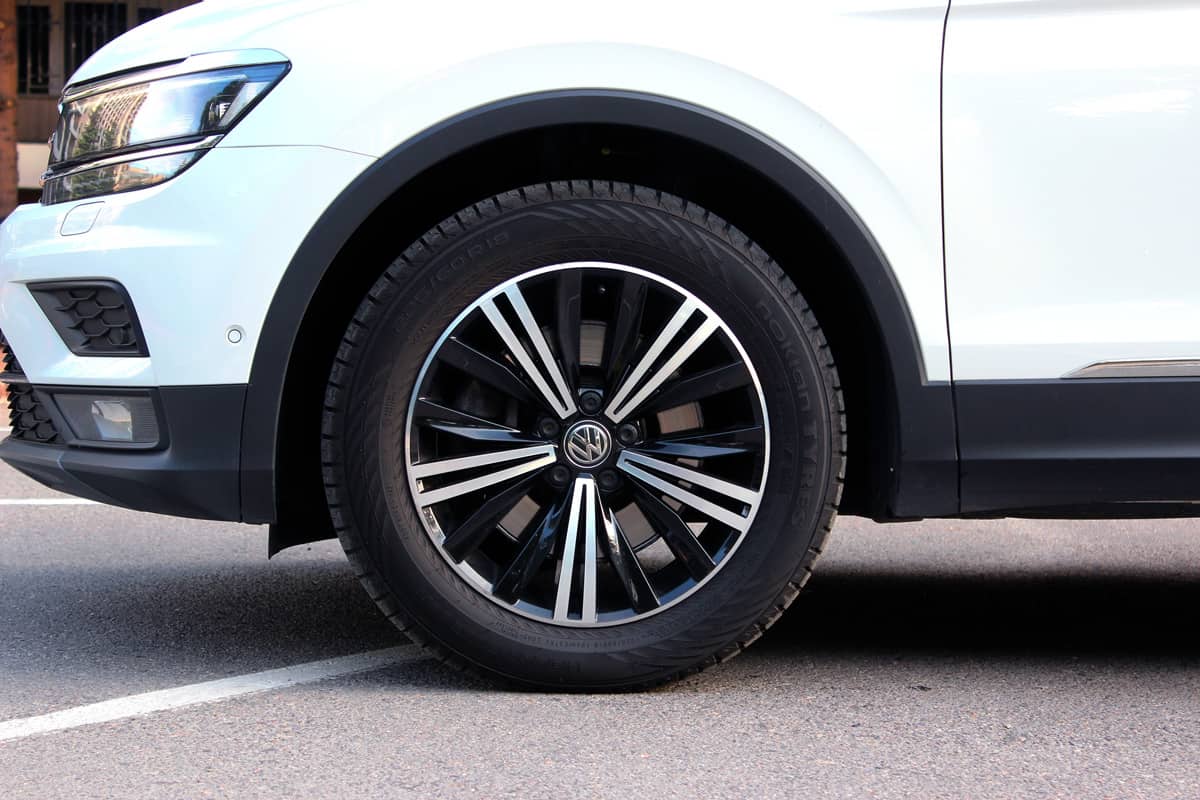It is a headache if the front wheels of your vehicle point in different directions. You might compromise a stable and safe ride if you disregard the problem. To help you, we have gathered information from expert sources on how to solve the issue with simple solutions to follow.
If you see the front wheels of your vehicle pointing in different directions, you need a front-end alignment. Going to a car care service would be your best bet for a precise and convenient computerized alignment service. But if you have the proper tools and technical know-how, you can try to align the wheels yourself. Here are some of the steps.
- Adjust the position of your steering wheel. To do this, align the steering wheel at the dead center.
- Align your front wheels straight by turning the inner rod.
- Adjust until you get the right angles of your wheels.
The proper alignment of your vehicle's front wheels is necessary for better performance and safe driving. The misalignment accelerates the wear and tear of the wheels and other car components. Keep reading to learn more about fixing the issue.

How to Fix Front Wheels Pointing in Different Directions
You can fix the front wheels on your own. The process is easy if you have a good background in car repairs.
Before anything else, you will need assemble the following tools for the alignment:
- a set of basic wrenches
- a measuring device or a rope for measuring the wheel alignment
- jack and jack stands
Here are the steps to follow for a toe-in alignment.
- Prepare the vehicle by jacking it up. Support the vehicle with jack stands underneath.
- Under the car, loosen the locking nut of the inner tire rod on both sides.
- Straighten out the steering wheel at the center. Avoid touching the steering wheel and wheels afterward.
- Use a rope to check the alignment of the front and rear wheels. The direction of the front wheels should be parallel to the rear wheels. Mark the alignments at the center of the wheels.
- Adjust the inner tire rod clockwise if you need to pull it in. If pulling outward, do it counterclockwise.
- Measure the wheels' alignment and check if these are at the intended angle. Repeat adjusting the inner tire rod until you get the exact angle.
- Once done, tighten the locking nuts of the rods with a wrench.
- Afterward, lower the vehicle and test drive it.
- Repeat the steps from 1-8 until the wheels align at the right angle.
Check out this video on fixing the alignment of your front wheels. The video shows a toe-in alignment.
A do-it-yourself alignment entails trial and error. But if you carefully follow the process, you will save money.
If you find the instructional video and step-by-step guide confusing, your best bet is to go to a professional mechanic for the alignment.
Costs of Aligning Front Wheels
You will spend zero bucks if you can align your front wheels by yourself. However, it will take time and energy if you are unfamiliar with your vehicle.
The alignment will cost around $75-$200 if you ask a professional to do the job. The price depends on how many tires to align, the car type, and other additional mechanic rates.
Front-end alignment costs less than aligning all the wheels of the vehicle. Even if you spend more, a 4-wheel alignment is the most recommended.
Another option is a computerized wheel alignment that costs around $89-$200. The rates vary depending on the location.
Computerized Wheel Alignment
Instead of doing the dirty work, you can go to a car care center and have your front wheels aligned. Due to technological innovations, car care centers now offer advanced computerized wheel alignment.
Besides two- and four-wheel alignment, the service can include tire rotation, mounting, and balancing.
The computerized alignment systems can measure from one-hundredths to five-thousandths of an inch.
These advanced systems have built-in calibrations to ensure precise alignment measurements. A live reading of the angles appears on a computer screen. As a result, you get a more accurate alignment.
The operator can calibrate your front wheels in an hour or less. You can save time when you go with this type of service.
It is still up to you if you want to take advantage of technology or fix the problem manually. Either way works well as long as you achieve the goal of aligning the front wheels.
Signs That The Front Wheels Are Pointing In Different Directions

Wheel alignment is essential to keep your wheels at the correct angle and get a good grip on the road.
Moreover, the alignment helps reduce the damage to the vehicle's wheels, and steering is more stable. The steering wheel will not be in the center even if you are driving straight, and you can hear vibrations.
To better understand how you can fix the front wheels' directions, you must be familiar with the different angles of the front wheels. The types of angles are the following:
Toe
The direction of the wheels facing away (toe-out) or towards (toe-in) each other when inspected from a top view.
Camber
The wheels are facing towards or away when viewed from the front. Wheels facing toward the vehicle is a "negative camber," while the wheels facing way is a "positive camber." Zero or neutral camber is the goal of wheel alignment.
Caster
This term describes the angle of the steering wheel axis when viewed from the side. An imaginary vertical line that tilts back toward the rear is a "positive caster"; when it leans forward, it is a "negative caster.
If you see these signs, your front wheels need realignment.
Is Aligning the Front Wheels Enough?

A front-end alignment is a procedure to adjust the front wheels' toe, camber, or caster. Doing this procedure alone is not enough.
After this, the mechanic can also carry out a thrust angle adjustment. In that case, the procedure becomes a 4-wheel alignment. The adjustment allows the mechanic to check if all of the four wheels are parallel to each other.
If your vehicle is an all-wheel drive with independent suspensions, it should undergo a 4-wheel alignment. The front wheels get a caster and front toe adjustment, while the rear wheels have camber and toe adjustments.
You can let a mechanic check if you only need a front-end or do the alignment process for all four wheels.
How To Avoid Front Wheels Pointing In Different Directions?

After resolving the issue of your front wheels, minimizing the likelihood of the issue in the future is important. You will not know exactly when your front wheels become misaligned again, so you should know how to prevent the issue from occurring.
Here are some tips for maintaining the front wheels' alignment:
- Drive slowly to avoid strong impacts and disturbance from potholes, curbs, or speed bumps.
- Check how much load your vehicle can carry. Heavy loads beyond the vehicle's capacity can misalign the wheels.
- If you plan to lift your car, do not forget to adjust the suspensions.
- Check worn or defective suspension parts. Replace them with new ones to avoid the problem.
- Always check the vehicle regularly to see the signs of misalignment.
Benefits of Aligned Front Wheels
When you successfully align the front wheels of your vehicle, you car benefits in the following ways:
- The tires will not wear prematurely, and the tread wear is even.
- You can drive smoothly with aligned wheels.
- The wheels go in the right direction. In effect, you can get better cruise control.
- Aligned wheels help you save on fuel costs because the front wheels exert less energy to follow the correct direction.
- You get better handling with your car for a safe and smooth ride.
In Closing

When the front wheels of your car point in different directions, they need to be adjusted by aligning them. The procedure involves turning the inner tire rods to adjust the wheel angles.
You might need to readjust the tire rods several times to get the precise direction of the wheels. You can do it yourself, ask help from a mechanic, or send it to the car care center for a computerized alignment.
Aside from solving the misalignment, you should also know how to prevent the issue in the future. It is best to have a regular check-up for your vehicle to see if there are any problems.
If you know what to do, you will reap the benefits of aligned front wheels for a better driving experience.
Check out these related posts about vehicles:
Steering Wheel Hard To Turn Right But Not Left – What Could Be Wrong?
